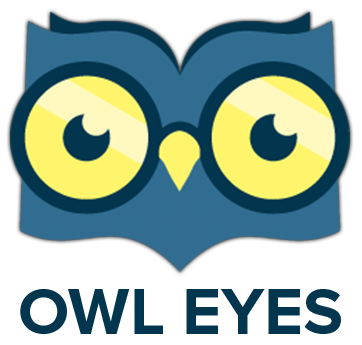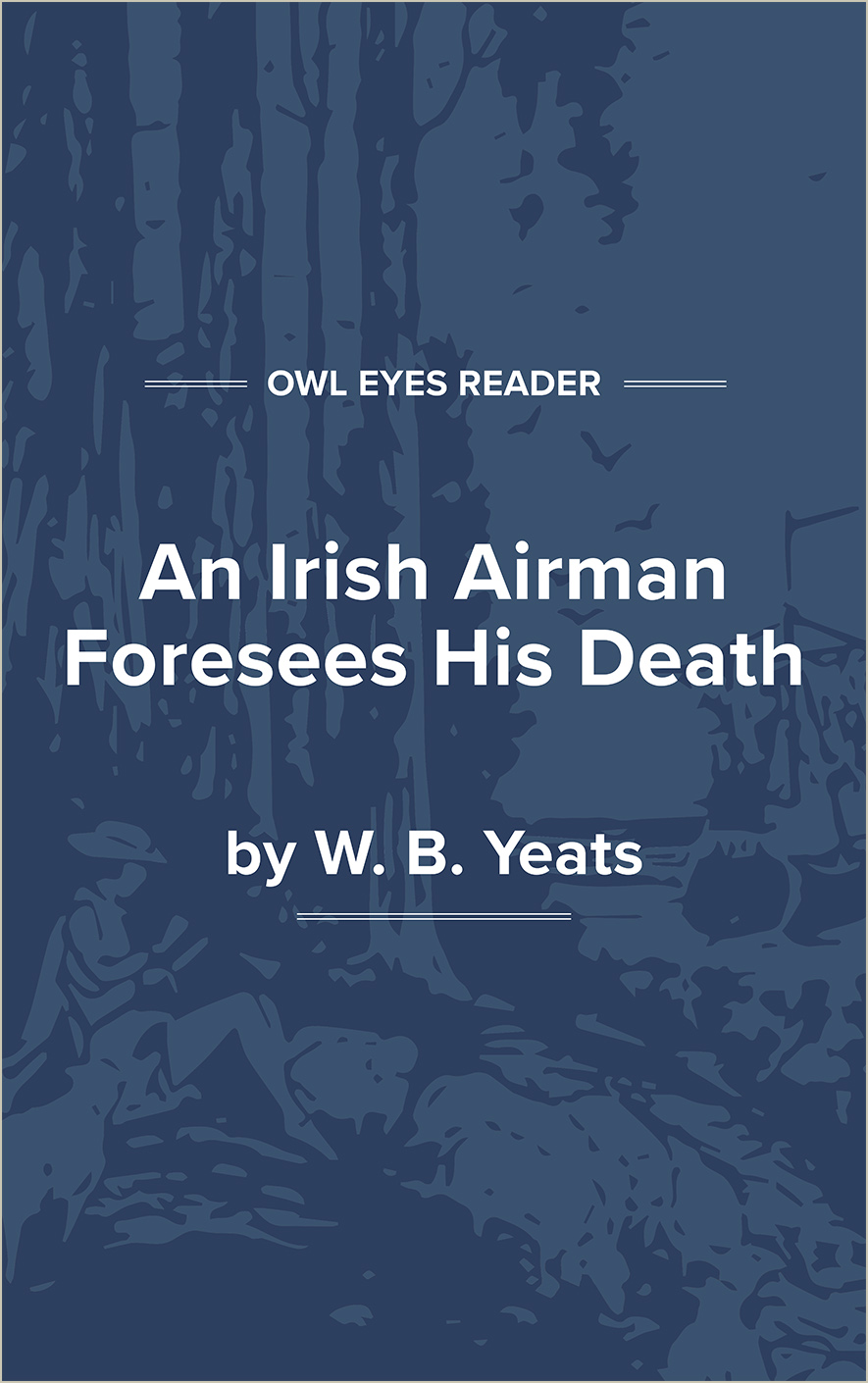William Butler Yeats Biography
The eldest son of an eldest son of an eldest son, William Butler Yeats was born on June 13, 1865, in Sandymount, Ireland, a small community on the outskirts of Dublin that has since been absorbed by that sprawling metropolis. His father, paternal grandfather, and great-grandfather Yeats were all graduates of Trinity College, Dublin, but only his father, John Butler Yeats, had begun his postcollegiate career in the city where he had studied. Both the great-grandfather and the grandfather had been clergymen of the Protestant Church of Ireland, the latter in county Down, near Northern Ireland, and the former at Drumcliff, near the west-Irish port town of Sligo, with which the poet is so thoroughly identified.
The reason for the identification with Sligo is that John Butler Yeats married the sister of his closest collegiate schoolmate, George Pollexfen, whose family lived in Sligo. Dissatisfied with the courts as a fledgling barrister, J. B. Yeats abandoned law and Dublin to follow in London his inclinations as a graphic artist in sketches and oils. The combination of limited finances and his wife’s dislike of urban life resulted in numerous extended visits by her and the growing family of children back to Sligo at the home of the poet’s maternal grandfather, a sea captain and partner in a shipping firm. Thus, Yeats’s ancestral line doubled back on itself in a sense. In the Sligo area, he became acquainted with Yeats descendants of the Drumcliff rector, and in memory and imagination the west-Irish valley between the mountains Ben Bulben and Knocknarea was always his spiritual home.
Yeats’s formal education was irregular, at best. His earliest training was in London at the hand of his father, who read to him from English authors such as Sir Walter Scott and William Shakespeare. He did not distinguish himself at his first school in London or at Erasmus High School when the family returned to Dublin in 1880. Declining to matriculate at Trinity in the tradition of his forebears, he took up studies instead at the Metropolitan School of Art, where he met George Russell (laterÆ), who was to become a lifelong close acquaintance. Yeats soon found that his interests inclined more toward the verbal arts than toward the visual, however, and by 1885, he had discontinued his studies in painting and had published some poems. At this same relatively early time, he had also become involved in occult interests, being among the founders of the Dublin Hermetic Society.
In 1887, the family returned to London, where Yeats was briefly involved with the famous Madame Blavatsky’s Theosophical Society. The years 1889 to 1892 were some of the most important in this crucially formative period of his life. He was active in the many diverse areas of interest that were to shape and color the remainder of his career. In rapid succession, he became a founding member of the Rhymers Club (a young group of Pateresque fin de siècle aesthetes) and of the Irish Literary Society of London and the Irish Literary Society of Dublin (both devoted to reviving interest in native Irish writers and writing). He also joined the newly established Hermetic Order of the Golden Dawn, a Rosicrucian secret society in which he became an active leader for a number of years and of which he remained a member for more than two decades. In 1889, Yeats published The Wanderings of Oisin, and Other Poems and became coeditor of an edition of William Blake’s work, an experience that was to influence greatly much of his subsequent thought and writing. No event in this period, however, had a more dramatic and permanent effect on the rest of his life than his introduction in the same year to Maud Gonne, that “great beauty” of Ireland with whom Yeats fell immediately and hopelessly in love. The love was largely unrequited, although Maud allowed the one-sided relationship to continue for a painfully long time throughout much of the poet’s early adult life—in fact, even after her...
(The entire page is 1,610 words.)
Owl Eyes subscribers get unlimited access to our expert annotations, analyses, and study guides on your favorite texts. Master the classics for less than $5/month!

